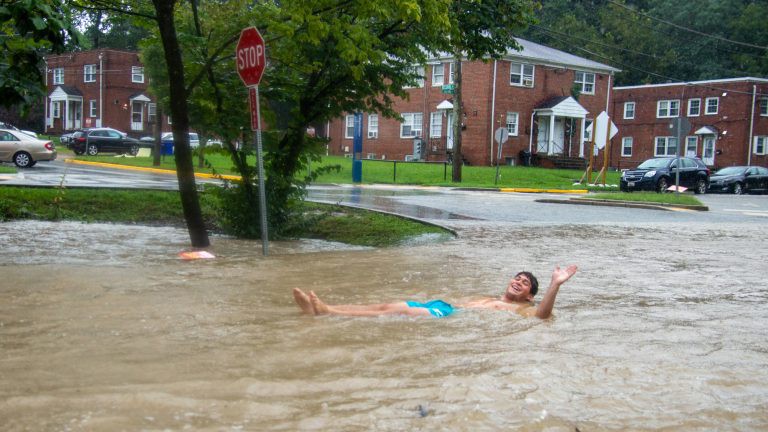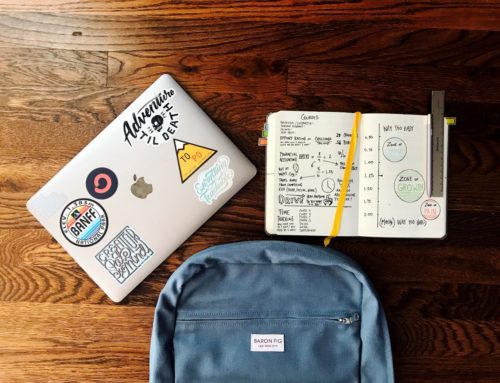Summer Flood: 2020 vs 2008
With fall semester well on it’s way, college admissions officers around the country are anxiously watching freshmen enrollment. National Student Clearhousing Research Center has already found that freshmen enrollment has declined by 13% for four-year colleges and 19% for community college. The effects of Covid-19 have been devastating for the college admissions process and continue to be a thorn in the side of education administrators everywhere. Although 2020 has been particularly bad for admissions, every year can be a struggle, and all are perked and prepared for the challenges that come every summer.
Summer Melt, a term used by admissions officers to explain the phenomena of students who commit to college in the spring but don’t show up in the fall, is always something administrators are looking for. This year, colleges are especially worried about abnormally high summer melt. With the pandemic still affecting the nation’s universities, students are less certain about attending, paying for, and getting value out of college. “Why pay so much for online classes?” some say, “Why am I being charged for room and board if I’m not living in a dorm?” say others. The choice for intending college freshmen is as uncertain as it’s ever been, and not since the 2008 recession has summer melt been such a concern.
Although unlike the current pandemic in many obvious ways, the 2008 recession also had a great effect on graduating high schoolers’ perceptions of college. Watching as college graduates struggled to find a job, many high school students started questioning the value of college, and many more started to check the price tag of their selected schools a little more closely. From the students’ perspective, things were looking tough and their college decisions surely wasn’t made any easier. Meanwhile, colleges across the country were feeling just as anxious.
In response to the financial crisis, many universities prepared for the worst. They predicted that with high student anxiety, the frowned-upon practice of “double depositing”, where students reserve spots at multiple schools, would be unusually high. Many colleges also expanded financial aid and added more spots to their waiting list. The hope was that if a student dropped admission, or double deposited and committed to another school, the expanded wait list would allow colleges to pull up more students. Colleges at that time were also acted more aggressively to retain their admitted students by contacting them more frequently. While it all helped, chaos still ensued.
With the current pandemic, the anxiety for colleges is slowly coming to a head and it’s interesting to consider how the past may repeat itself this year. A survey conducted in April showed that 87% of college admissions officers said they expected above average summer melt. Of the 1,100 students surveyed, a little over 22% pointed to the coronavirus crisis as the chief cause of their college reconsiderations.
It’s tough for students to get excited about attending college, even if value isn’t a real concern. An EdWeek article notes a student who claims, “A virtual tour just won’t give you the vibes that an in-person tour will give you,” which is certainly a fair argument. Although virtual tours may not completely deter this student from turning away from college, it’s certainly influencing the decision, and ultimately, the motivation for attendance.
For other students, the impact of coronavirus on higher education has them up in arms, as one Rutgers University student newspaper states “I refuse to pay for an education I don’t feel I can grasp completely… I would rather wait to attend school normally than continue to attend through my laptop.” Indeed, some students are turning to inexpensive community colleges to fill out credits while they wait out the pandemic.
Will colleges use the same methods employed in 2008 to try and control the chaos in 2020? Will they respond to anticipated fall enrollment by increasing enrollment in the spring? Will they cut tuition costs, as some have started doing, to entice students to attend? Or will they, like others, maintain high tuition despite being unable to provide the full college value? Will these same devastating impacts continue on into 2021? Whatever may happen, it’s certain that there will not just be a summer melt this year, but a summer flood.






